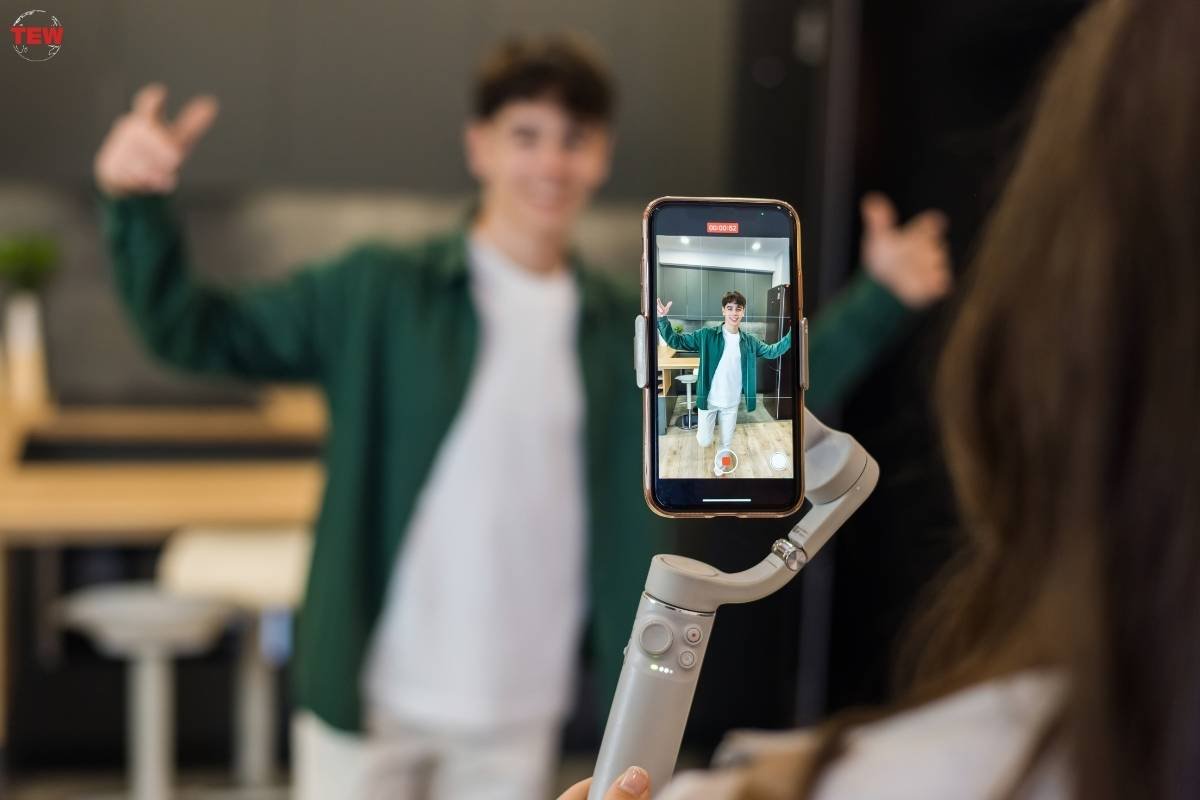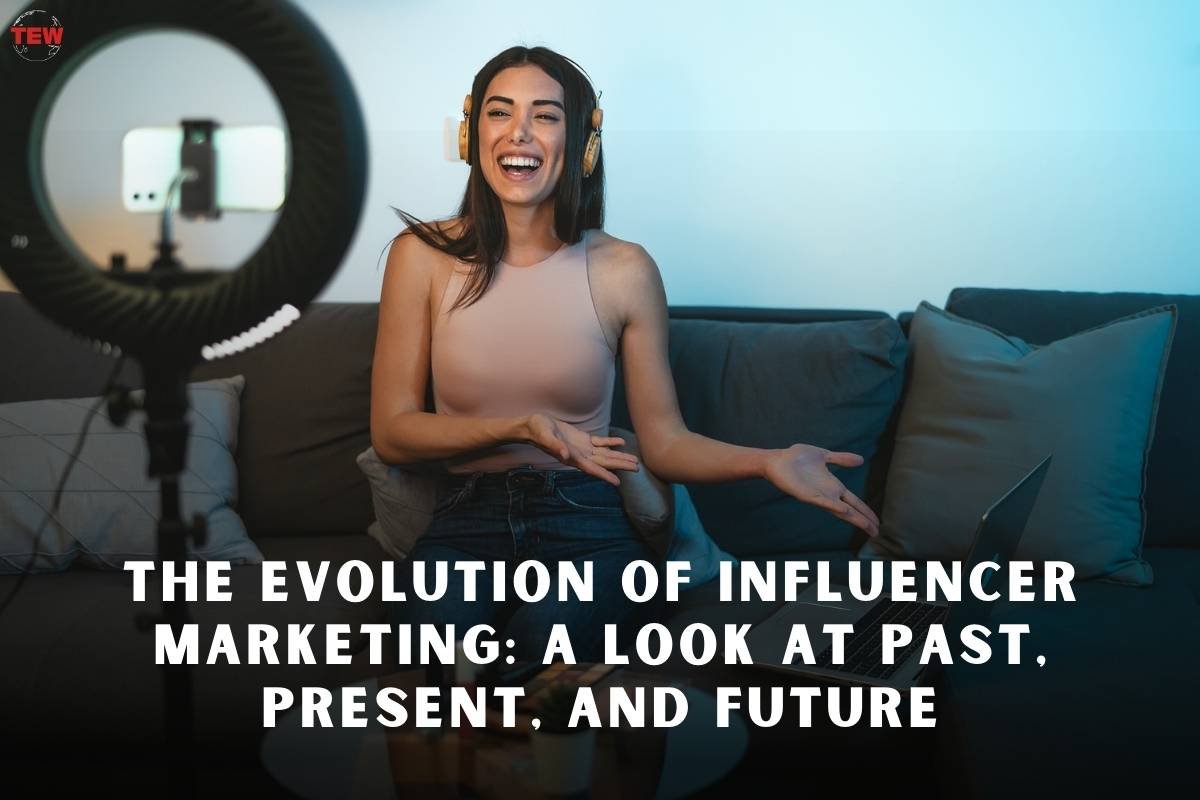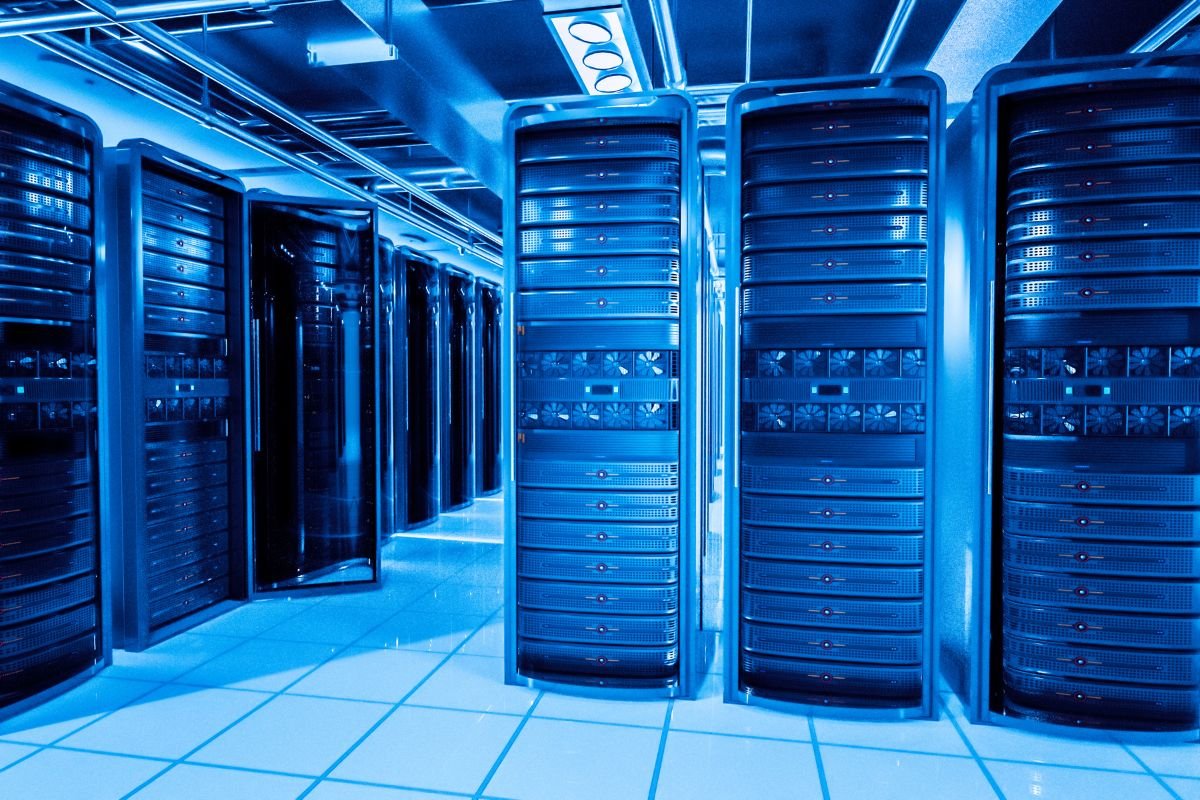Since time immemorial, certain individuals have had a disproportionate influence over a society’s economic, cultural, and sociological makeup. These are the original influencers. Over time, influences changed and shifted as the sociocultural landscape evolved until the present day, in which some individuals have leveraged social media and advertising revenue models to reach audiences of unprecedented size. These are contemporary influencers. As the world continues to develop so will influencers. Although understanding what future influencers will look like is a matter of speculation, understanding how we got here will allow us to draw a trend line into the future.
The Past

1. Ancient and Middle Ages Influencers
The concept of an influencer can be traced back to the roots of civilization as we know it. Before ancient times, in the Paleolithic tribes and Neolithic agrarian cultures, certain individuals stood out as leaders. However, their influence was limited to the small social sphere they inhabited. Individuals first gained great influence in ancient times. Take for instance the great rhetorician of Rome, Cicero. His eloquence with words and depth of knowledge swayed the policies and law of ancient Rome.
During the Middle Ages, the influence of prominent figures continued to shape public perceptions, particularly through the religious class. Clergy, monks, and other religious leaders wielded considerable authority and influence over the masses. The endorsement of a product or practice by a respected religious figure could significantly impact its acceptance and popularity among the general public.
2. Roots of Modern Influencer Marketing
The adoption of markets as a means of distributing goods and services saw the role of influencers change drastically in the 20th century. Understanding that in order to get an edge on their competitors, entrepreneurs turned to develop marketing skills. The insights developed during this time are now taught widely in accredited MBA online courses. But how did we get here?
The roots of contemporary influencer marketing can be traced to the use of celebrities and well-known figures to endorse products. One of the earliest examples is the use of film stars in cigarette advertisements in the 1920s and 1930s. These endorsements were based on the assumption that the public would emulate the behavior of their idols, thereby increasing product sales. As the celebrities got bigger, with the growth of Hollywood and the invention of television, the capacity to influence larger markets grew.
The Present

The Digital Age and Democratization of Influence
The advent of the internet and social media platforms has democratized influencer marketing. With the rise of platforms like Instagram, YouTube, and TikTok, virtually anyone with a smartphone and an internet connection can become an influencer.
With users voting with their attention, this opened an avenue for a revolutionary new business model. The advertiser revenue model of 20th-century television, combined with personalized algorithms created what is now known as the attention economy. Companies now purchase advertiser space and sponsorships for influencers with audiences most likely to purchase their products. The more revenue generated by the influencer is directly proportional to the size of their viewership, hence the “attention economy”.
Today, influencers range from mega-influencers with millions of followers to micro-influencers with smaller, but highly engaged, communities. Brands have recognized the value of authenticity and relatability that influencers bring, often resulting in higher engagement rates compared to traditional advertising.
The success of an influencer’s campaign is tracked with sophisticated metrics like conversion rates, and return on investment (ROI). This allows for a more strategic and data-driven campaign.
The Future

Trends and Predictions
As we have seen, the role of the influencer has changed through time corresponding to the evolving world they are influencing. These, however, have produced trends that can be extrapolated. Below are a number of predictions for the future of influencer marketing.
1) Increased Regulation and Transparency
With the rise of influencer marketing, regulatory bodies are paying closer attention to ensuring transparency and authenticity. In a world where influencers have so much power over their audience, ensuring they are acting true and ethically is essential. This will be reflected in the actions of regulatory bodies.
2) Rise of Nano-Influencers
While mega-influencers still hold significant sway, there is a growing recognition of the power of nano-influencers. These are influencers with audiences of less than 10,000. While mega-influencers are significant in the era of mega-companies – e.g., Apple, Alphabet, Microsoft, etc. The shift towards smaller companies that will follow the AI revolution will be reflected in an increased need for smaller influencers.
3) Integration of AI and Technology
Speaking of AI, Artificial Intelligence and machine learning are transforming influencer marketing. The production of content for influencers is decreasing in both financial and temporal costs. AI won’t just reduce the cost of content production, it will also optimize the content. These technologies can analyze vast amounts of data to identify the best influencers for a campaign, predict engagement rates, and generate optimal content.
Conclusion
The evolution of influencer marketing from our deep history, to the digital age and beyond, highlights the adaptability and resilience of this marketing strategy. Influencer marketing is here to stay, continually evolving to meet the demands of a changing digital landscape. By understanding its past, navigating its present, and anticipating its future, brands can harness the power of influencers to build meaningful and impactful campaigns.





